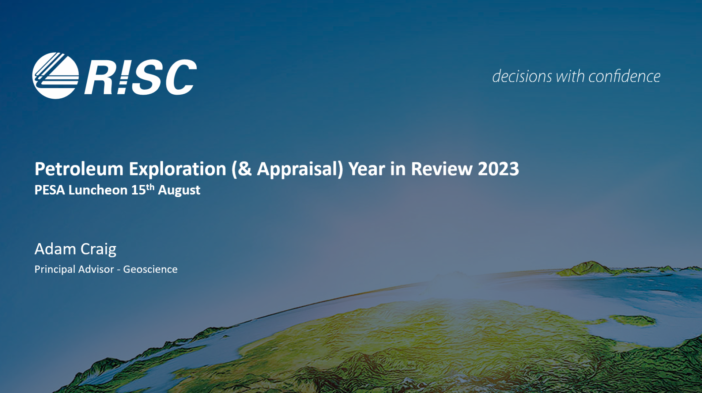
- This event has passed.
LIVE WEBINAR – Modelling the Impact of Faults on Near Surface Aquifers in Environmental Impact Statements for Unconventional Oil and Gas
Tuesday, 22 February, 2022 @ 11:00 am - 12:00 pm (Australia/Perth time)
Free – $10.00
Kindly supported by Rock Flow dynamics 
This live webinar will take place at:
11am – Perth
12.30pm – Darwin
1pm – Brisbane
1:30pm – Adelaide
2pm – Canberra, Hobart, Melbourne, Sydney
Use the calendar link on this page to add this event in to your own calendar at the correct local time for your location.
Tickets are free for members (please log in to see this) and $10 for non members.
Please buy your tickets and immediately follow the link in the ticket e-mail (not the calendar invite or this webpage, which is just generic and not event specific) to set up your registration with the webinar software well in advance of the time of the talk. Once registered with the webinar software you will receive a reminder e-mail 1 hour beforehand.
Modelling the Impact of Faults on Near Surface Aquifers in Environmental Impact Statements for Unconventional Oil and Gas
Presented by Titus Murray (Southern Highlands Structural Geology)
Abstract
2) Region-wide aquitard is not present, the development and the groundwater assets are within the same groundwater system. CSG development may cause pressure to propagate parallel to the strike and dip of the fault in the fault damage zones.
3 )Regional aquitard(s) are present, but larger displacement faults breach the aquitards, allowing for possible combinations of across-fault connections between the different aquifers, and between aquifers and the coal seams. In this scenario, potential flow pathways between the groundwater and the development need to be characterised using Allan Maps (fault plane profiles).



